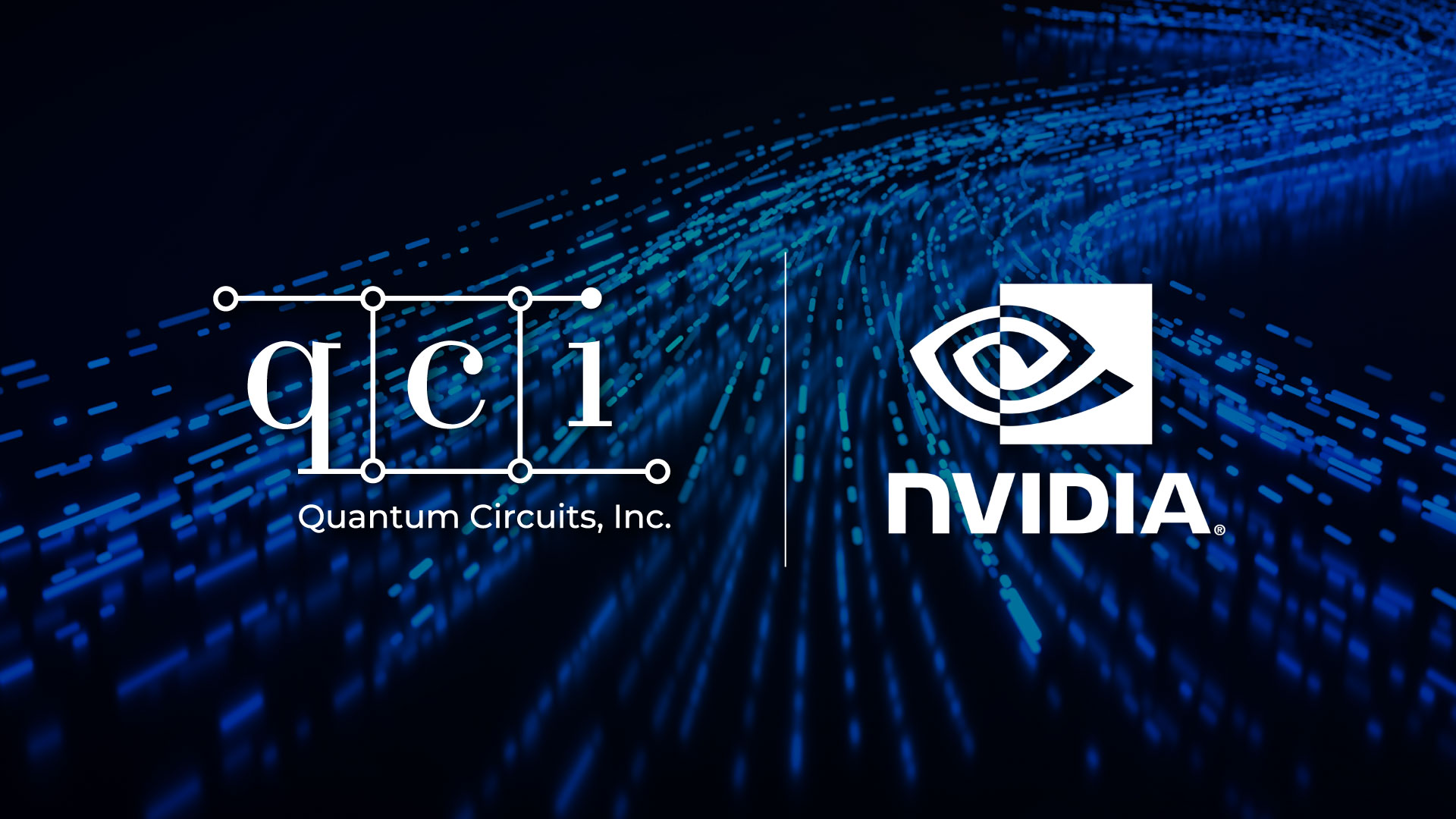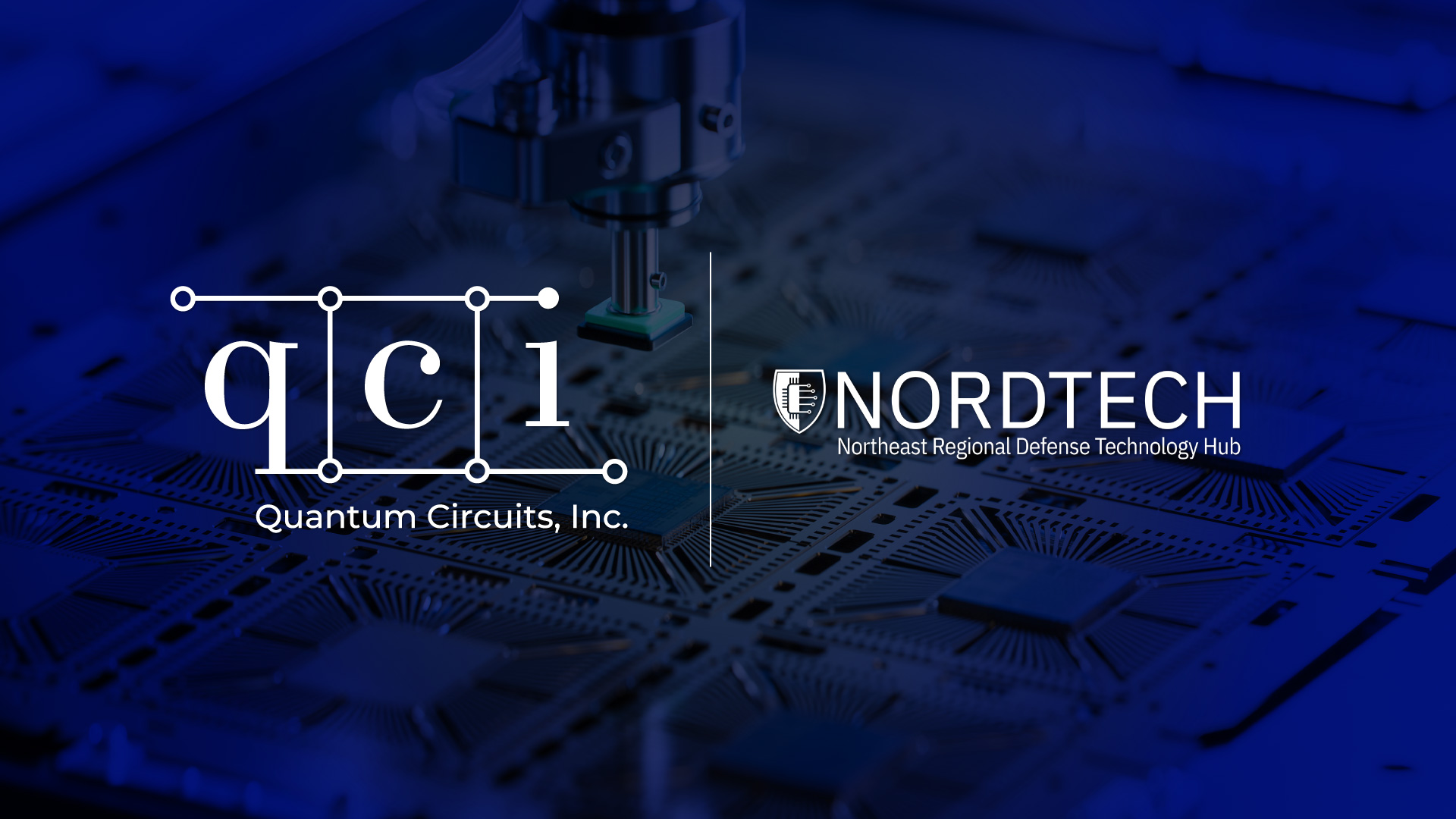Superconducting qubit-based quantum computing is often associated with small circuits on silicon chips, like the quantum version of a classical chip in your computer. At first glance, the architecture is appealing. The qubits can be made using known nano-scale manufacturing techniques, silicon is a well-studied material, and scaling seems straightforward – make larger chips, make more of them, connect them, and onward.
The plot thickens when digging deeper into what limits the performance, or reliability, of superconducting physical qubits, the common denominator of these quantum processors. Qubits perform best when they aren’t surrounded by other qubits or materials. Think of a qubit as a fragile porcelain cup on a table. If you only have one cup in the center and the table starts shaking, the likelihood of the cup breaking is minimal. Instead, if you pack lots of these cups together on the table, when the table shakes, the cups bump into each other, some crack, some might break, and some even fall off the table. Although putting lots of qubits on one chip is alluring, the lack of isolation and the challenge of maintaining reliability across the chip and between chips is a complex scaling hurdle.
Superconducting qubit-based quantum computing is fast, though. This is one of its greatest strengths. Maintaining this speed while enhancing the qubit reliability and feature set is where the Quantum Circuits cavity approach comes in.
An analogy helps describe a cavity, which is sometimes used synonymously with “resonator.” Both are difficult to visualize and relate to quantum computing. If you’ve ever had a soda from a glass bottle and blew some air into it, and it made a deep humming sound, you’re halfway there though. When you blow air into one of these bottles in just the right way, you make it “resonate” as sound waves fill the interior of the bottle and produce a deep, reverberating sound. There’s a so-called resonant frequency to this sound, in the audio range at a few hundred Hertz (Hz).
So how does this relate to superconducting cavities?
Quantum Circuits builds cavities that, although much smaller than a typical bottle, still have a similar cylindrical shape. They are cooled down to very low temperatures where they become superconducting, which makes them much more reliable and less error-prone. There are a few big differences, though. First, these cavities have their own resonant frequencies, but it is light, not sound, that is resonating. The frequency is billions of Hertz (Gigahertz – GHz), not a few hundred – it’s in the microwave bands, which is similar to telecom and wifi. Second, the light is so incredibly faint, that trying to see it would be akin to trying to see a candle burning on the moon.
These cavities are amazing quantum components in our Quantum Circuits architecture. They are able to store a single photon of light with high reliability, are easy to make, and have excellent performance metrics right out of the gate.
Next, they have impeccable isolation. Put two cavities next to each other and the light, or photons, don’t start affecting each other in uncontrolled ways. It’s like you and a colleague riding in two separate elevators trying to call one another using cellphones – it’s hard to get through because the elevators provide good isolation. That’s basically what the cavities do. They limit that kind of degrading interference.
Cavities are an excellent architectural choice for Dual-Rail Qubits (DRQs). A cavity-based DRQ is Quantum Circuits’ breakthrough qubit. It’s a quantum unit made up of several components that work together as part of a more powerful whole, encoding a bit of quantum information across two cavities linked together. There is one dominant type of error that’s easy to detect, when neither cavity has a photon and has a built-in mechanism to detect the dominant error with high reliability, a feature that is unique to Quantum Circuits’ platform.
Cavities confine photons in our DRQs, as if the photons were little balls bouncing around in a box. This is different from the typical photons approach that shoots lasers through waveguides. This is key, because it enables error-awareness. Were it not for such confinement, the photon would only be in the cavity temporarily, so error detection coupled with real-time control would not be possible.
Imagine a photon traversing a collection of connected DRQs at the speed of light, like a laser beam. Pausing the beam to perform a classical computation in real-time and re-routing the beam to a different network of DRQs is the wrong way to architect the system. Confining the photon for long periods of time and manipulating it with well-controlled operations (thereby enacting quantum gates), while executing classical code to perform real-time decision-making is much more realistic.
Cavities also have just one dominant source of error that’s detectable, not two undetectable sources, like in many other quantum computing approaches. This is a big advantage for DRQs, where cavities are the crux of the hardware architecture. Having one dominant source of error that is detectable reduces the hurdle to scalable error correction. System performance requirements are more forgiving for error correction, and the amount of hardware required to scale is substantially reduced using today’s realistic approaches. This accelerates the path to fault-tolerant quantum computing.
In the intermediate term, cavity error profiles also unlock the ability to detect errors in real-time. In conjunction with real-time control functionality, they enable users to explore algorithms using error-aware techniques that other quantum computing platforms do not offer.
There are many approaches to quantum computing. The cavity-based approach, especially within the context of Dual-Rail Qubits, is special. With its host of differentiating and unique qualities, it really drives our technology along a different vector from all the others in the quantum industry, and we’re excited to share it. We’ve opened a new Alpha program to provide access to our latest simulators, software, and full-stack cloud platform. QPU access is coming soon. If you’re interested in being one of the first in the industry to run quantum applications on cavity-based Dual-Rail Qubits, we’d love to hear from you. Please reach out at partner@quantumcircuits.com and we’ll be in touch.




